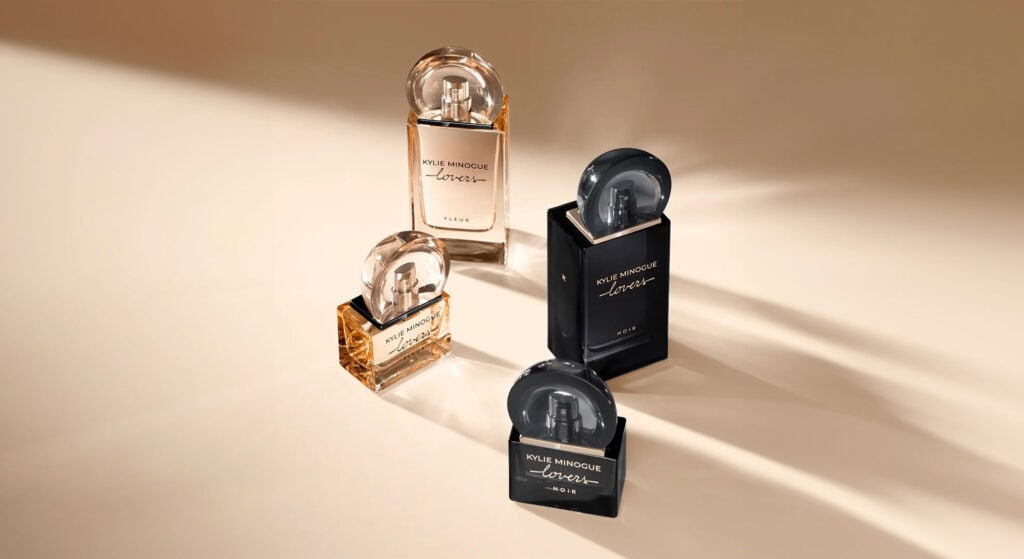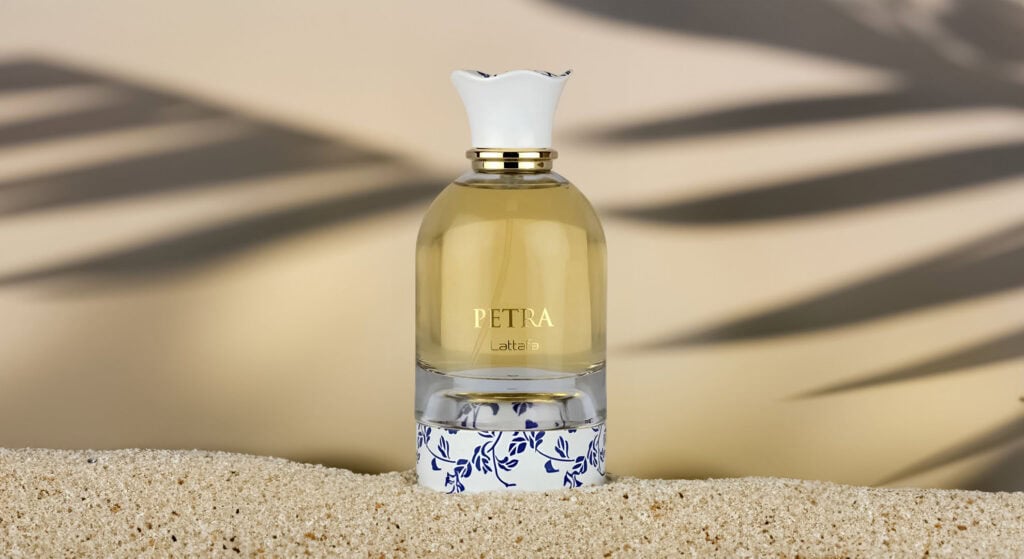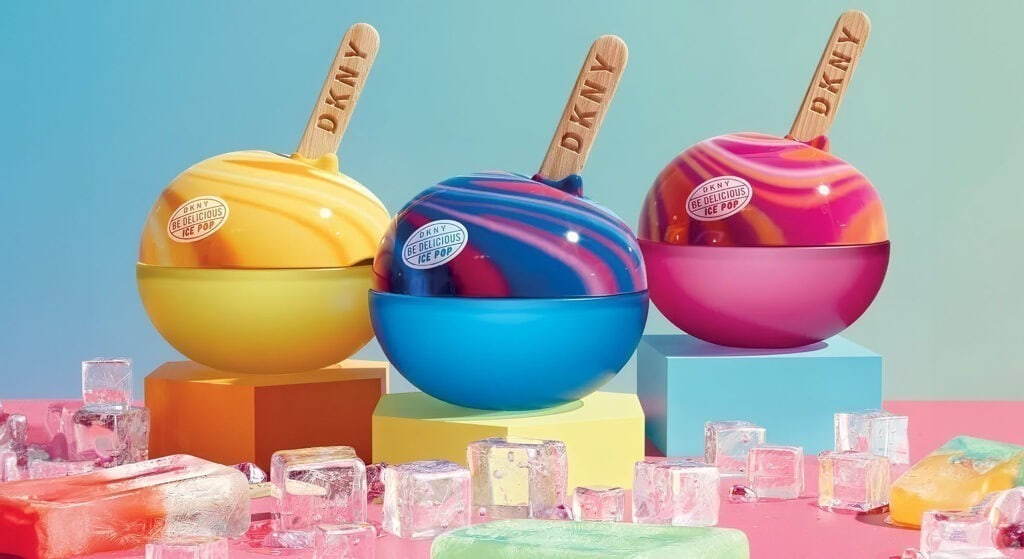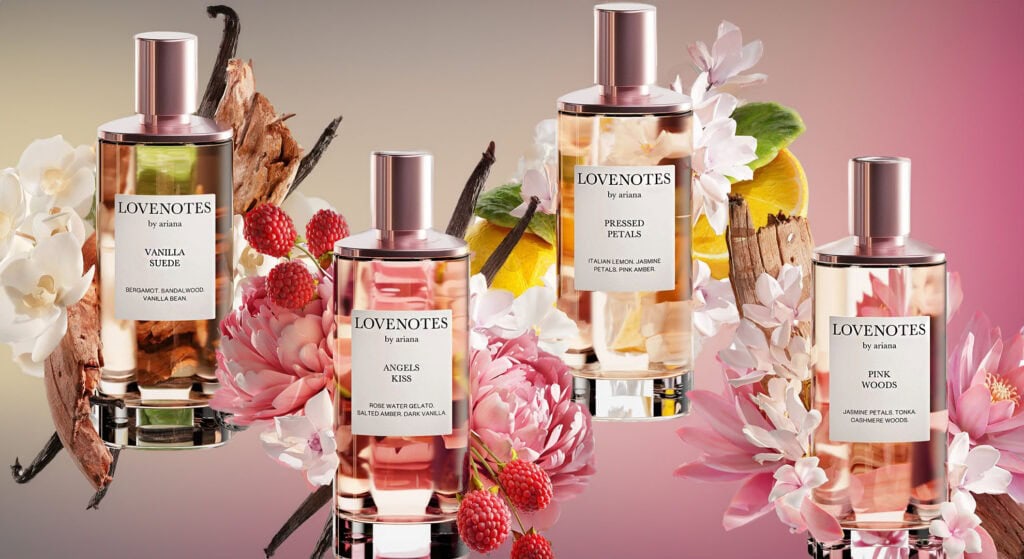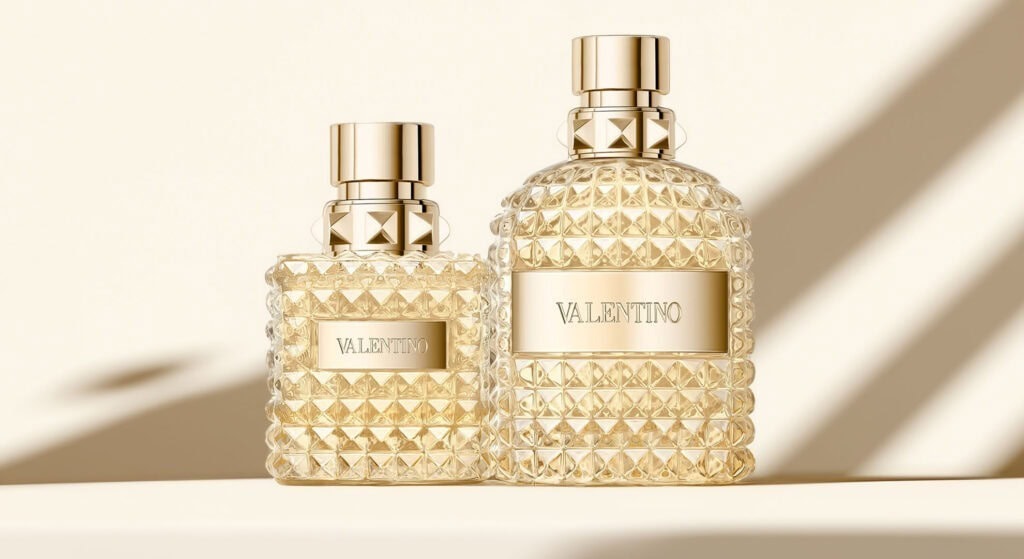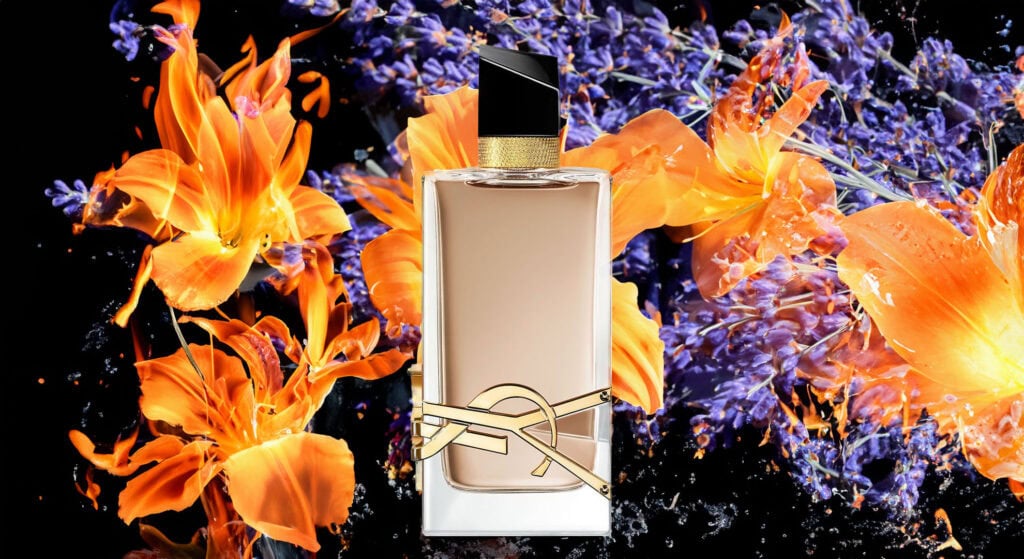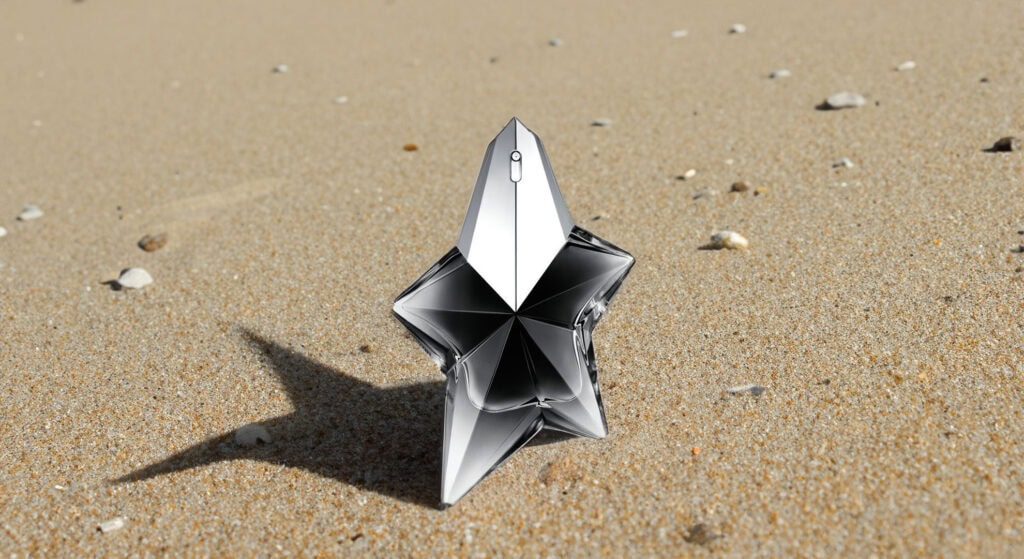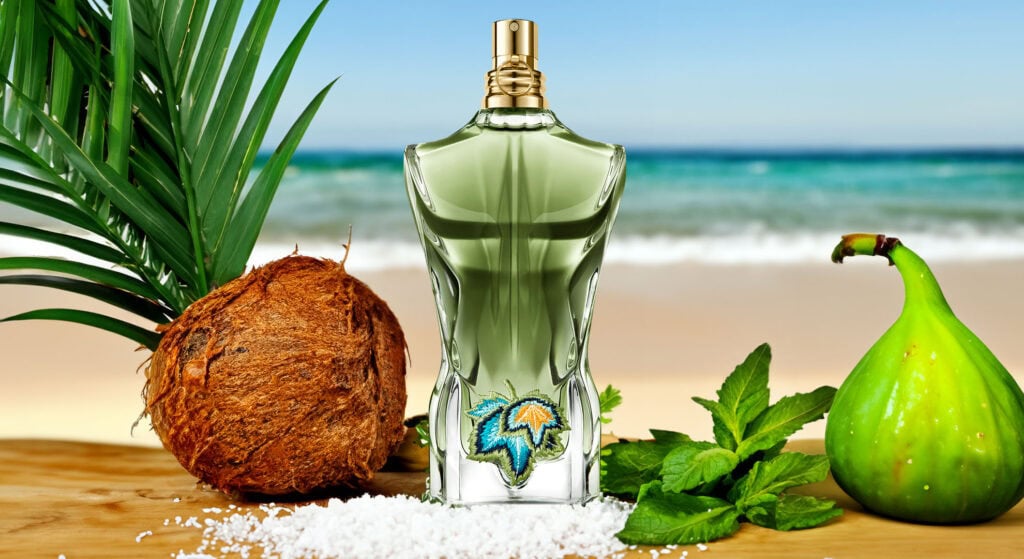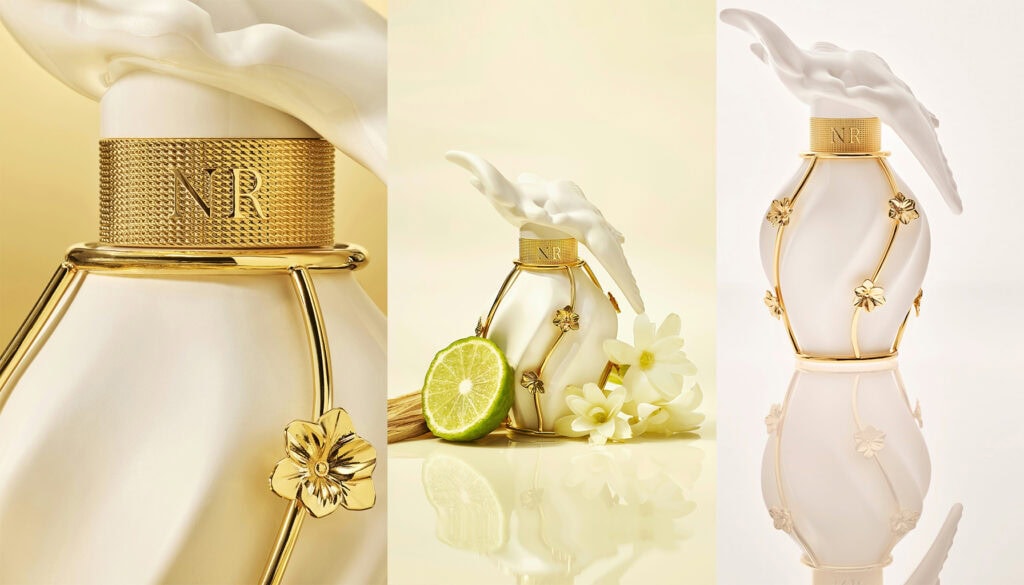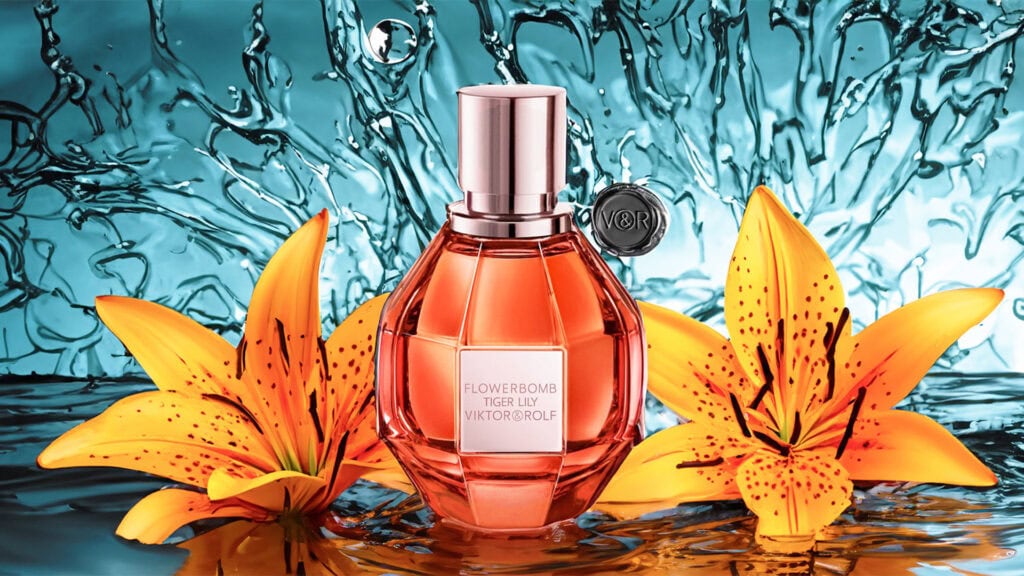Coconut in Perfumery: From Extraction to Blending and Iconic Scents
Coconut, with its rich and creamy aroma, has become a fascinating element in the world of perfumery. Known for its ability to evoke tropical landscapes and a sense of warmth, coconut has found its place in a wide range of fragrances. This article delves into the process of extracting coconut for use in perfumes, how it is expertly blended with other notes, and some of the most iconic perfumes where coconut takes center stage.
The Extraction of Coconut for Perfumery
The process of harnessing coconut’s unique scent begins with the extraction of its essence. There are a few different methods to achieve this, each resulting in a slightly different olfactory profile.
- Coconut Absolute: One of the most sought-after forms in perfumery, coconut absolute is derived from the flesh of the coconut. The process involves solvent extraction, where the coconut meat is treated with a solvent to draw out the aromatic compounds. This results in a highly concentrated, rich, and creamy scent that captures the essence of fresh coconut.
- Coconut CO2 Extract: Using supercritical CO2 extraction, this method yields a pure and intense coconut scent. The process involves using carbon dioxide under high pressure to extract the aromatic compounds without the use of heat, preserving the true character of the coconut aroma. The result is a clean, fresh, and slightly sweet fragrance, perfect for high-end perfumes.
- Coconut Oil Distillation: Traditional steam distillation of coconut oil can also produce a fragrance component, though it is often milder and less intense than the absolute or CO2 extract. This method is more common in body care products and less frequently in fine perfumery due to its subtler aroma.
Blending Coconut in Perfumery
Coconut’s versatility allows it to blend beautifully with a wide range of other fragrance notes, each combination offering a different olfactory experience.
- Gourmand Blends: Coconut’s natural sweetness makes it a perfect partner for gourmand notes such as vanilla, caramel, and chocolate. In these blends, coconut enhances the edible, indulgent qualities of the perfume, creating a warm, enveloping scent. An excellent example of this is Thierry Mugler’s Angel, where coconut adds a rich, creamy dimension to the complex blend of chocolate, honey, and caramel.
- Tropical Florals: Coconut pairs exceptionally well with tropical flowers like frangipani, ylang-ylang, and tiare. These combinations often evoke a lush, exotic landscape, making the wearer feel as though they are enveloped in a fragrant tropical breeze. Estée Lauder’s Bronze Goddess is a prime example, where coconut intertwines with tiare flower and amber, creating a sun-kissed, beachy fragrance.
- Woody and Spicy Notes: Coconut can also be used to soften and balance the intensity of woody and spicy notes. In these blends, it adds a creamy undertone that smooths out the rough edges of notes like sandalwood, cedar, and even oud. Tom Ford’s Soleil Blanc showcases this technique, where coconut blends seamlessly with amber, cardamom, and pistachio for a sophisticated, warm scent with a hint of sweetness.
- Aquatic and Fresh Scents: In lighter, more aquatic perfumes, coconut can provide a creamy counterbalance to citrus and marine notes. It introduces a touch of smoothness without overpowering the freshness. Bobbi Brown’s Beach is a well-known example, where coconut merges with sea spray and jasmine, evoking the scent of a day spent by the ocean.
Iconic Perfumes Featuring Coconut
Several perfumes have become renowned for their use of coconut, making it a signature note in their compositions. Here are a few iconic examples:
- Tom Ford Soleil Blanc: This luxurious fragrance is a quintessential example of how coconut can be blended with other notes to create a sophisticated and complex scent. Here, coconut is used to soften the spicy and woody elements, resulting in a creamy, warm fragrance that is both exotic and elegant.
- Estée Lauder Bronze Goddess: A true classic in summer fragrances, Bronze Goddess uses coconut as a key note, blending it with tiare flower, vanilla, and amber. The result is a warm, sun-drenched scent that has become synonymous with the idea of a tropical getaway.
- Guerlain Terracotta Le Parfum: This perfume is another example of coconut’s ability to evoke a beachy, sun-kissed vibe. Blended with jasmine, ylang-ylang, and bergamot, coconut adds a creamy, sweet depth to the fragrance, making it a favorite for those who love tropical scents.
- Thierry Mugler Angel: Although not a tropical fragrance, Angel uses coconut to enhance its gourmand profile, adding a smooth, creamy layer to the already complex blend of chocolate, honey, and patchouli. This addition gives the perfume an indulgent, almost edible quality.
Coconut has established itself as a versatile and captivating ingredient in the world of perfumery. From its extraction to its blending with other notes, coconut offers a wide range of olfactory possibilities. Whether used to evoke tropical warmth, add a creamy sweetness, or balance more intense notes, coconut’s role in perfumery is both distinctive and indispensable. Iconic fragrances like Tom Ford’s Soleil Blanc, Estée Lauder’s Bronze Goddess, and Thierry Mugler’s Angel demonstrate the power of coconut to elevate a perfume from ordinary to unforgettable.
Love this fragrance? Share your thoughts! Your vote helps other perfume lovers discover new favorites. Rate it now and make your mark!
Click on a star to rate it!
Average rating 0 / 5. Vote count: 0
No votes so far! Be the first to rate this post.
